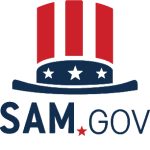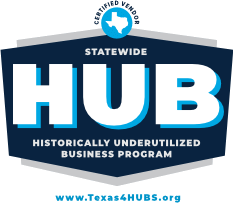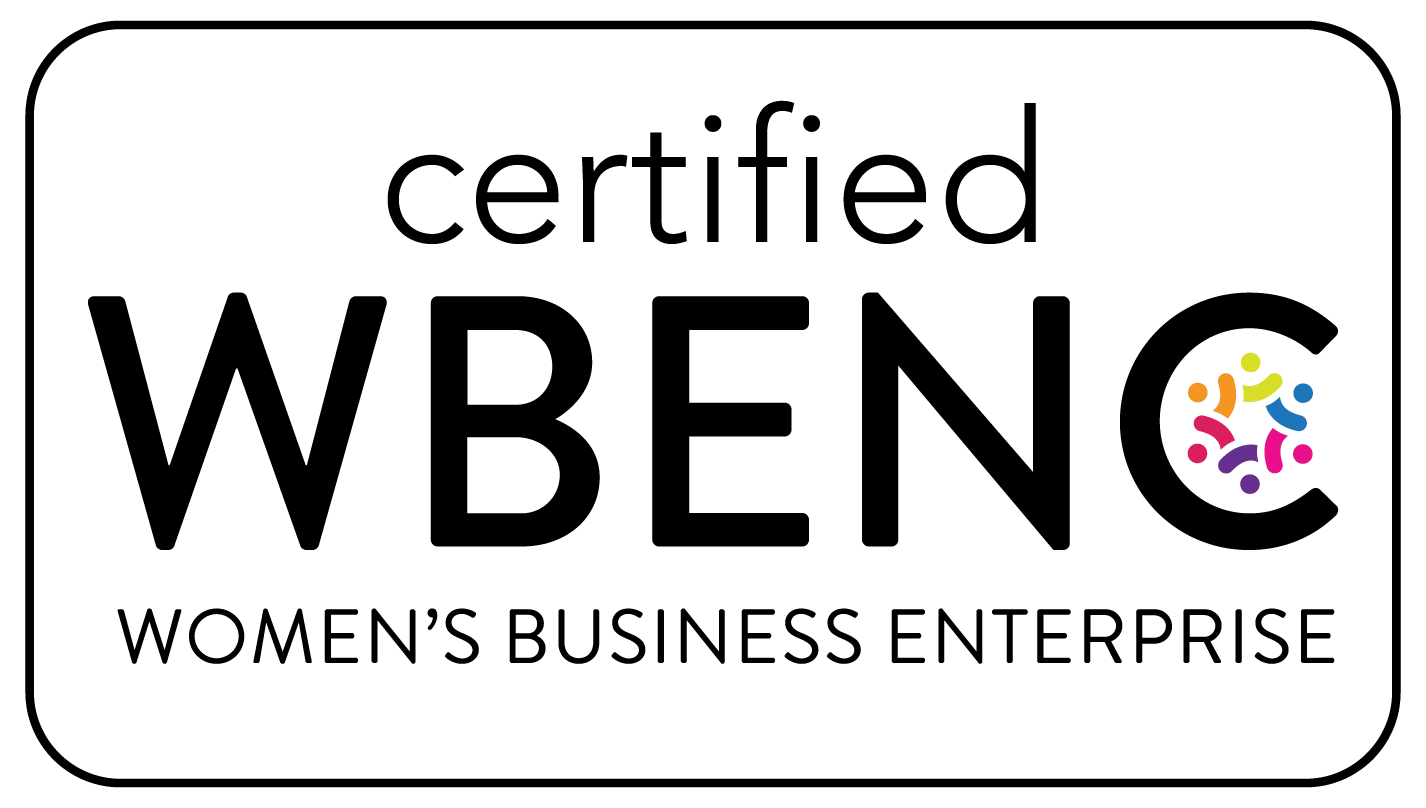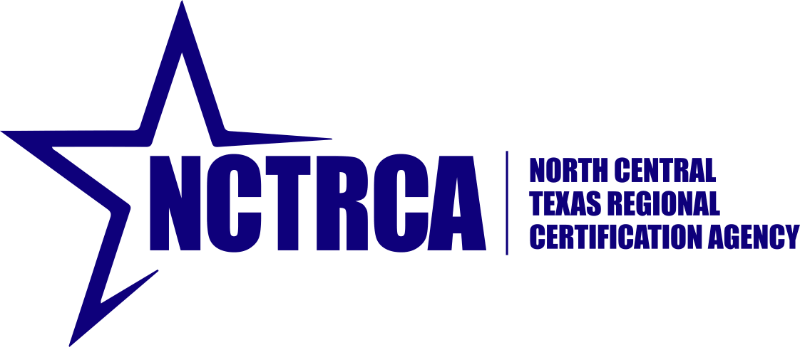TL;DR; ADHD coaching provides personalized productivity strategies that work when generic advice fails. This article offers actionable techniques for time management, overcoming procrastination, and maintaining focus in professional settings, along with insights into how coaching creates lasting change through accountability and skill-building.
When Your Brain Works Differently: The ADHD Productivity Challenge
As someone who coaches professionals with ADHD—and navigates it myself—I understand the unique productivity challenges you face. That moment when you realize you’ve spent three hours perfecting a presentation while urgent emails pile up. The sinking feeling when you remember a deadline you’ve missed. The frustration of starting your day with clear intentions, only to find yourself scattered by noon.
You’re not alone in this struggle. Research shows that nearly 65% of employees with ADHD report significant difficulty managing daily work tasks, and about 46% have missed work deadlines due to ADHD-related challenges. These statistics reflect what I hear from clients every day: traditional productivity systems often fail them, despite their intelligence and capabilities.
If you’re looking for a comprehensive understanding of how ADHD coaching can transform your professional life, our complete guide to ADHD coaching for executives and professionals provides valuable insights. In this article, we’ll focus specifically on practical productivity strategies that can make an immediate difference in your workday.
Why Traditional Productivity Advice Fails the ADHD Brain
“Just make a list.” “Use a planner.” “Set reminders.”
If you’re like most professionals with ADHD, you’ve tried these standard solutions—probably multiple times—with limited success. The problem isn’t a lack of effort or intelligence. It’s that most productivity systems aren’t designed for how your brain works.
ADHD impacts executive functions—the mental processes that help you plan, focus, remember instructions, and juggle multiple tasks. This means:
- Your attention naturally shifts, making sustained focus on less engaging tasks difficult
- Your perception of time may differ, leading to challenges with deadlines and scheduling
- Your working memory may struggle to hold multiple steps or instructions
- Your motivation is often interest-based rather than importance-based
As one client told me, “I don’t lack productivity systems—I have a graveyard of abandoned planners and apps. What I lack is a system that works with my brain instead of against it.”
This is where ADHD coaching makes a critical difference. Rather than offering one-size-fits-all solutions, coaching helps you develop personalized strategies based on your unique strengths, challenges, and work demands.
The Time Management Reset: Finding Your Rhythm
Time management challenges are often at the heart of workplace productivity struggles for professionals with ADHD. Through my coaching practice, I’ve found that effective time management isn’t about forcing yourself into rigid systems—it’s about understanding and working with your natural rhythms.
Discover Your Focus Pattern
One of the most powerful shifts happens when clients identify their peak focus times. James, a marketing manager I worked with, discovered that his creative thinking peaked in the late morning, while his detail-oriented focus was strongest in the early afternoon.
By restructuring his schedule to align with these patterns—scheduling brainstorming and strategy work before lunch and detailed reviews afterward—he dramatically improved both his productivity and work quality.
Try this: Track your energy and focus for one week. Note when you naturally feel most alert, creative, or detail-oriented. Then adjust your schedule to match your most demanding tasks with your peak performance times.
Time Blocking That Actually Works
Traditional time blocking often fails for professionals with ADHD because it doesn’t account for transition time, unexpected hyperfocus, or the need for variety. Instead, try what I call “flexible blocking”:
- Block your day into three types of activities: focus work, responsive work (emails, calls), and meetings
- Build in 15-minute buffer zones between blocks
- Identify one “must complete” task per day and schedule it during your peak focus time
- Use color-coding to visually distinguish between different types of work
Sarah, a project manager, found that this approach gave her enough structure to stay on track without feeling constrained. “The buffer zones were game-changing,” she told me. “They gave me permission to transition between tasks instead of feeling guilty about not instantly switching focus.”
The Two-Minute Rule with an ADHD Twist
The standard productivity advice to immediately handle any task that takes less than two minutes works exceptionally well for many of my ADHD clients—with one important modification.
The ADHD-friendly version: If a task takes less than two minutes AND it’s related to your current focus area, do it immediately. If it’s unrelated, capture it in your system for the appropriate time block.
This prevents the task-switching that can derail your focus while still ensuring small tasks don’t pile up.
Breaking the Procrastination-Perfectionism Cycle
For many professionals with ADHD, procrastination and perfectionism form a frustrating cycle. You postpone starting a project because it feels overwhelming (procrastination), then compensate by trying to make it flawless (perfectionism), which leads to delays and stress.
Micro-Steps: The Art of Getting Started
One of the most effective strategies I teach clients is breaking tasks into absurdly small steps. When Michael, a financial analyst, was procrastinating on a quarterly report, we broke “Write report” into micro-steps:
- Open the document template
- Write the title
- List the three main sections
- Find last quarter’s figures
“It sounds ridiculous,” Michael told me, “but giving myself permission to just open the document was enough to get started. Once I began, continuing was much easier.”
The key is making the first step so small that it bypasses the brain’s resistance. Once you start, momentum often carries you forward.
Setting “Good Enough” Parameters
Perfectionism can be particularly challenging for professionals with ADHD, who often developed it as a compensation strategy. To counter this, I work with clients to define “good enough” criteria before starting a project.
For example, a presentation might be “good enough” when it:
- Covers the three key points clearly
- Has consistent formatting
- Has been reviewed once for errors
Having these parameters established in advance creates a clear finish line and prevents the endless tweaking that perfectionism demands.
Strategic Accountability
External accountability is often crucial for ADHD professionals. While a coach provides this structure, you can also create accountability in other ways:
- Schedule a meeting to present your work, creating a natural deadline
- Use body doubling (working alongside someone else, even virtually)
- Commit to daily check-ins with a colleague or accountability partner
One team leader I coached created a “productivity pact” with a peer in another department. They briefly checked in each morning to share their top priorities and again at day’s end to report progress. “Knowing I’ll have to tell someone whether I completed my priority task makes a huge difference,” she explained.
Focus Management in a Distracting World
The modern workplace presents unprecedented challenges for focus—especially for professionals with ADHD. Open office plans, constant notifications, and back-to-back meetings can create an environment where sustained attention feels impossible.
Creating Focus Zones
Environmental adjustments can significantly impact your ability to concentrate. Consider:
- Using noise-canceling headphones or a white noise app
- Positioning your desk away from high-traffic areas when possible
- Using a visual signal (like wearing headphones or a specific desk item) to indicate when you’re in deep focus mode
A sales director I worked with negotiated with his team to designate Tuesday and Thursday mornings as “focus time” for everyone—no meetings, minimal emails, and a shared understanding that interruptions should be limited to genuine emergencies.
The Meeting Survival Guide
Meetings present particular challenges for ADHD professionals. To stay engaged and contribute effectively:
- Request agendas in advance so you can prepare
- Take notes to maintain focus (even if you don’t reference them later)
- Ask clarifying questions to re-engage if your attention drifts
- Summarize key points and your action items before leaving
These strategies helped one client transform from dreading meetings to becoming known as one of the most insightful contributors in her department.
Digital Distraction Management
Email and messaging apps can be particularly disruptive for the ADHD brain. Instead of being constantly available, try:
- Checking email at scheduled times (e.g., 9am, 12pm, 4pm)
- Using “Do Not Disturb” settings during focus blocks
- Creating email filters to prioritize important messages
- Closing unnecessary tabs and applications when focusing
These boundaries might feel uncomfortable at first, especially if you’re used to being constantly responsive. However, most clients find that their colleagues adjust quickly, and the quality of their work improves dramatically.
How ADHD Coaching Creates Lasting Change
While the strategies above can be immediately helpful, lasting change often requires the structure and support of coaching. As explored in our article on ADHD leadership coaching, professional coaching offers several unique benefits:
Personalization Beyond Generic Advice
A coach helps you identify which strategies align with your thinking style, work demands, and natural strengths. This personalization is crucial—what works for one person with ADHD may be ineffective for another.
Accountability and Consistency
Coaching provides regular check-ins and accountability, helping you maintain momentum even when motivation fluctuates. This consistency is often the missing piece that allows new habits to form.
Addressing Emotional Barriers
Productivity challenges often have emotional components—fear of failure, perfectionism, or shame about past struggles. Coaching creates a safe space to address these barriers and develop healthier perspectives.
Skill Building and Practice
Effective productivity isn’t just about tools—it’s about skills like prioritization, time estimation, and focus management. Coaching provides guided practice and feedback as you develop these capabilities.
As one client shared: “I’ve read dozens of productivity books, but coaching was different. It wasn’t just about learning new techniques—it was about implementing them in my specific situation and having someone help me troubleshoot when things didn’t work.”
Daily Productivity Checklist for ADHD Professionals
Based on successful strategies from my coaching practice, here’s a practical checklist to structure your workday:
Morning Setup (15 minutes)
- Review calendar for the day’s commitments
- Identify your ONE most important task
- Schedule when you’ll work on this priority
- Check for any urgent emails (10 minutes maximum)
Focus Block Management
- Set a timer for your work session (25-45 minutes)
- Remove digital distractions (notifications off, email closed)
- Have water and any needed materials ready
- Take a 5-10 minute break after each focus block
Workday Wrap-Up (10 minutes)
- Capture progress made today
- Identify tomorrow’s priority task
- Clear your workspace for a fresh start tomorrow
- Review any commitments made today
This structure provides just enough framework without becoming another abandoned system. Adapt it to your needs and work style.
Frequently Asked Questions
I’ve tried every planner and app out there. How would coaching be any different?
The difference lies in personalization and accountability. Generic tools aren’t designed for the ADHD brain, and without support, they’re easy to abandon. A coach helps you identify why previous systems failed and develops approaches tailored to your specific challenges and strengths. The ongoing accountability ensures you implement and refine these strategies until they become habits.
Do you have any quick hacks for staying focused in a noisy office or during back-to-back meetings?
For noisy environments, noise-canceling headphones or a white noise app can create a sound barrier. During meetings, taking notes (even simple ones) keeps your hands busy and mind engaged. For back-to-back meetings, try scheduling 25 or 50-minute meetings instead of 30 or 60, giving yourself transition time. In coaching, we develop personalized strategies for your specific work environment and challenges.
I tend to hyperfocus on things I enjoy and procrastinate on boring tasks – can a coach help with that?
Absolutely. This interest-based nervous system is common with ADHD. A coach can help you harness hyperfocus productively by scheduling high-interest tasks during certain times while developing strategies for less engaging work. These might include body doubling (working alongside someone), gamification techniques, or breaking boring tasks into smaller segments with rewards. We also work on connecting less interesting tasks to your larger goals and values, creating more intrinsic motivation.
What if my job is very unpredictable – can productivity strategies still apply?
Yes, even in dynamic environments, certain principles remain valuable. A coach would help you develop flexible routines, rapid prioritization skills, and boundaries that work within unpredictability. Many of my clients in fast-paced fields like emergency medicine, sales, or startup environments have found that having structured processes for handling the unpredictable actually increases their adaptability and performance.
Take the Next Step: From Struggling to Thriving
If you recognize your experience in what I’ve described, know that you’re not alone—and that change is possible. Many professionals with ADHD have transformed their productivity and workplace experience through targeted coaching.
At Tandem Coaching, we specialize in helping busy professionals leverage their ADHD traits while developing sustainable systems for success. Our approach combines evidence-based strategies with personalized support to create lasting change.
Ready to boost your productivity and reduce workplace stress? Schedule a complimentary consultation to explore how ADHD coaching can help you work smarter, not harder. During this session, we’ll discuss your specific challenges and goals, and determine if our approach aligns with your needs.
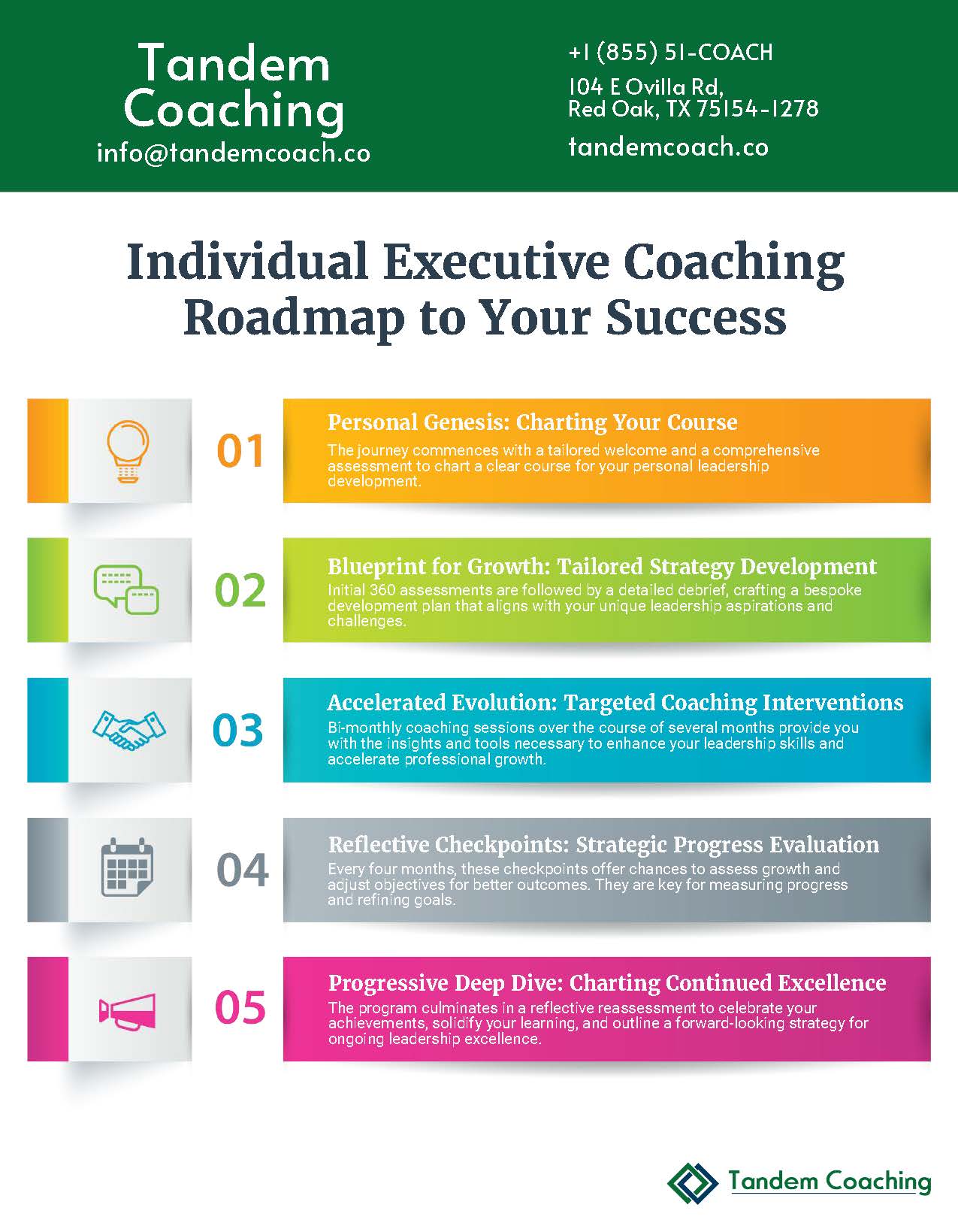

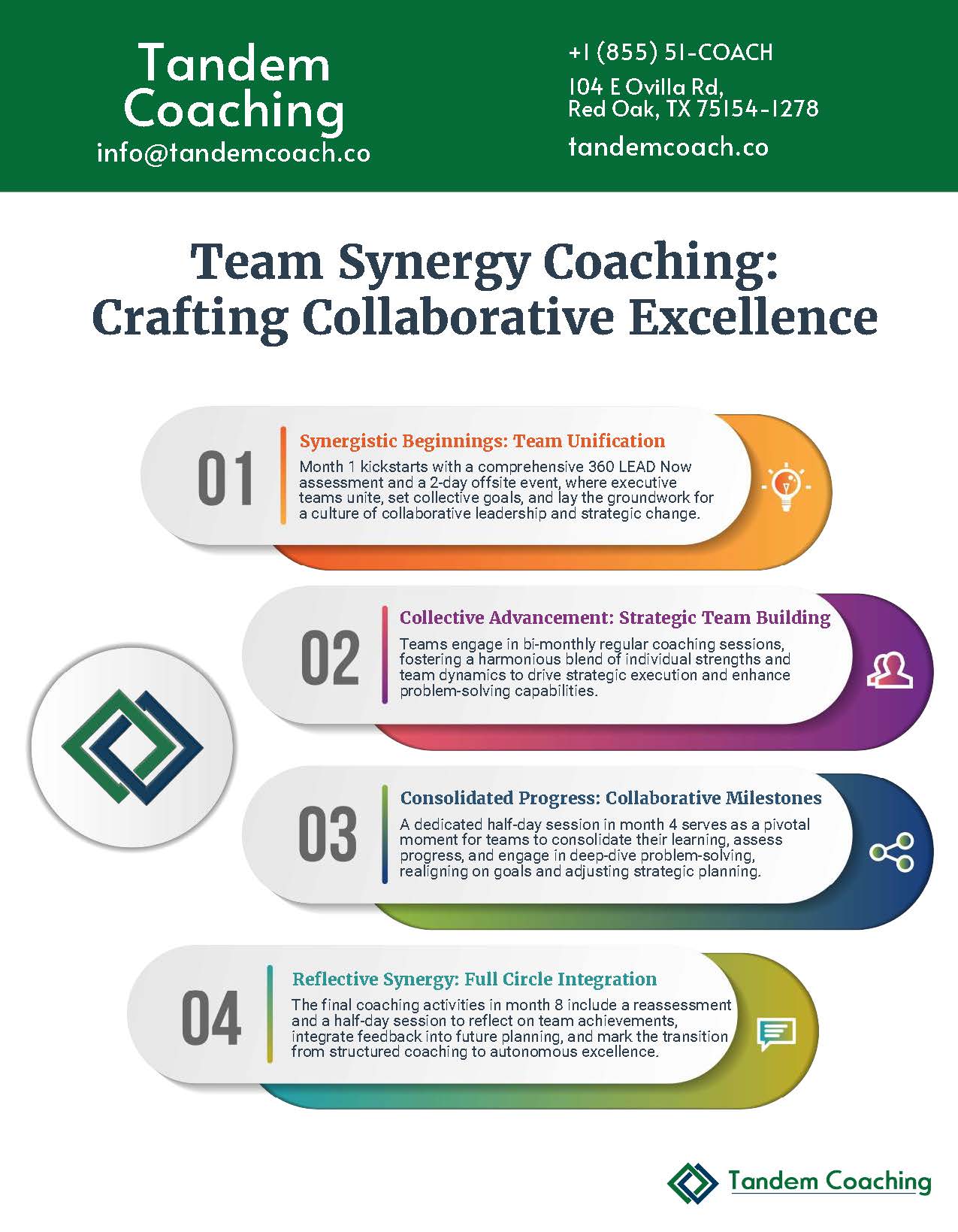
Boost Your Leadership Team Success!
Take your leadership team to the next level and achieve great results with our executive coaching.
Learn how our coaching and ASPIRE method can change things for you—get a free brochure to begin your journey.
About the Author
Cherie Silas, MCC
She has over 20 years of experience as a corporate leader and uses that background to partner with business executives and their leadership teams to identify and solve their most challenging people, process, and business problems in measurable ways.




![[FREE] ICF Exam Sample Question: Study Tips Included](https://cdn.tandemcoach.co/wp-content/uploads/2024/12/FREE-ICF-Exam-Sample-Question-Study-Tips-Included-300x200.jpg)







